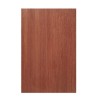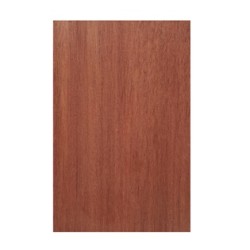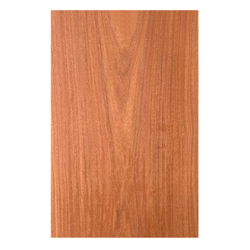Andiroba

Family: Meliaceae - Order: Sapindales - Class: Magnoliopsida
Scientific name: Carapa / C. procera / C. Guianensis / C.
Megistocarpa
Trade name: Andiroba
Also
known as African crabwood, Andiroba mahogany and Carapa
Origin:
West tropical Africa and tropical America.
Instrumental
uses:
Guitar back and sides, fingerboards, electric guitar bodies, guitar
necks, head plates and bindings
Tonal properties:
Very well balanced overall from tight balanced basses
until the mid highs, and a slightly clearer high end than Mahogany also with a
big presence.
By its interlocked grain, steady and stiff, many luthiers use it
in guitar neck’s sounding excellent
compared to maple, on solid electric guitar bodies as well.
As an acoustic guitar set, it exceeds expectation by
being a combination between mahoganies and maples.
Very easy to work, very stable and provides a very
bright natural finish.
Medium density
reference nearly 660 kg/m3.
Similar to mahoganies, Andiroba trees are reported to
reach heights of 30 to 40 m, with diameters ranging from 50 to 80 cm. They
develop straight and cylindrical boles, up to 15 m long. Lengths of 20 m are
also possible.
Carapa procera has a wide growth range in tropical
America and it is also found in West Africa, although the African trees do not
reach the same dimensions as the American ones. In tropical America it is
reported to occur from Costa Rica down to southern Panama. In the Amazon Basin
occurs two species of the genus Carapa.
CITES status is unrestricted.
Carapa Megistocarpa is reported as endangered
on the IUCN Red List.
Gallery Photos




